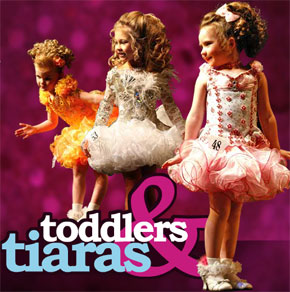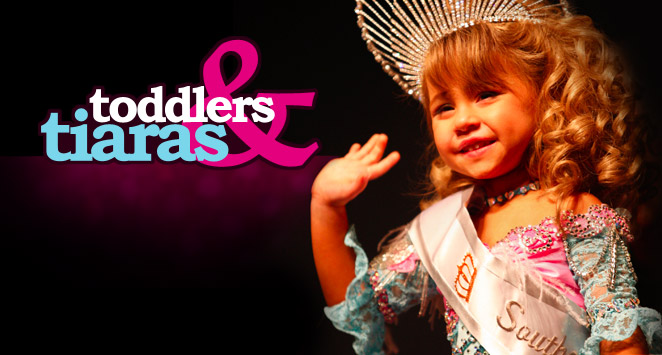When the average mom would want their average teenage daughter to study for tests she would usually take away the kids iPod, phone, computer or other electronic devices that keep teenagers off-task. Well as my mom found out many years ago, I’m not your average teenager.
| Picture from:http://www.wallstreetoasis.com |
Around the middle of June starts the time all kids in school dread, final exams. As my mother is well aware of, I get distracted quite easily and she knew that she should do something to help keep me on task. So like most average mothers she decided to help me by eliminating something that she knew would be a huge distraction for me. No it wasn’t the computer, my phone or my iPod, (and not just because of the reasons that I hardly use the computer or the not a lot of different people text me) it because those weren’t my biggest detractions.
Now being on an agriculture blog you can probably guess what is. Yes, my cows! Before exams started creeping up on me, I spent every day outside working with my cows for hours, getting them ready for the next show, but now all of that stopped because of school.
Although as much as I don’t like being forced to study, I must admit that being banned from cows had really helped me concentrate and I have actually managed to study quite a bit. But the good news in its only 3 more days till I get my cows back!















